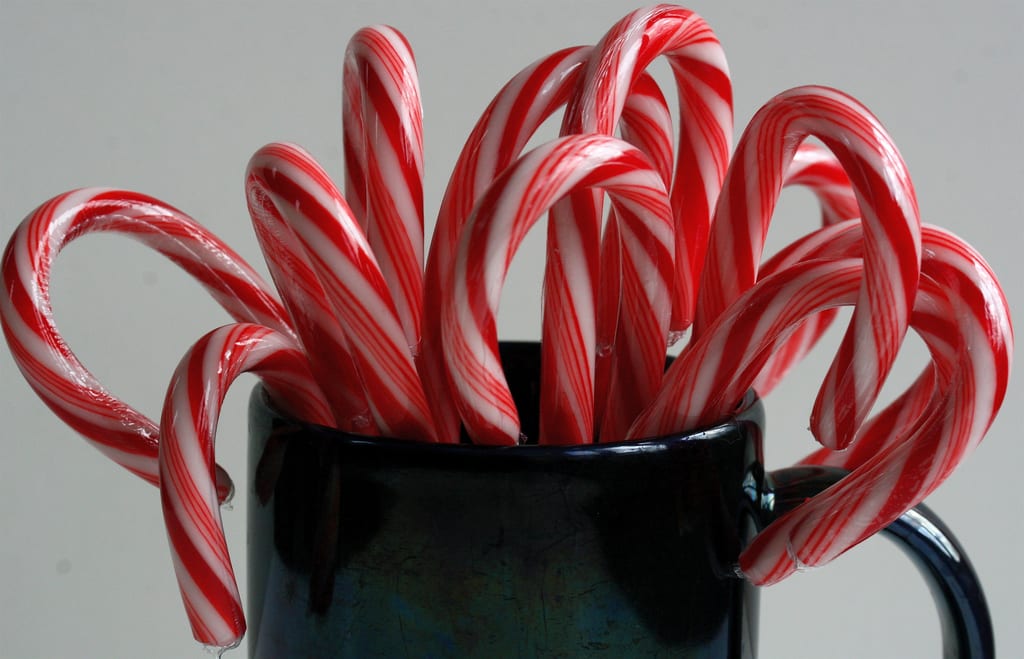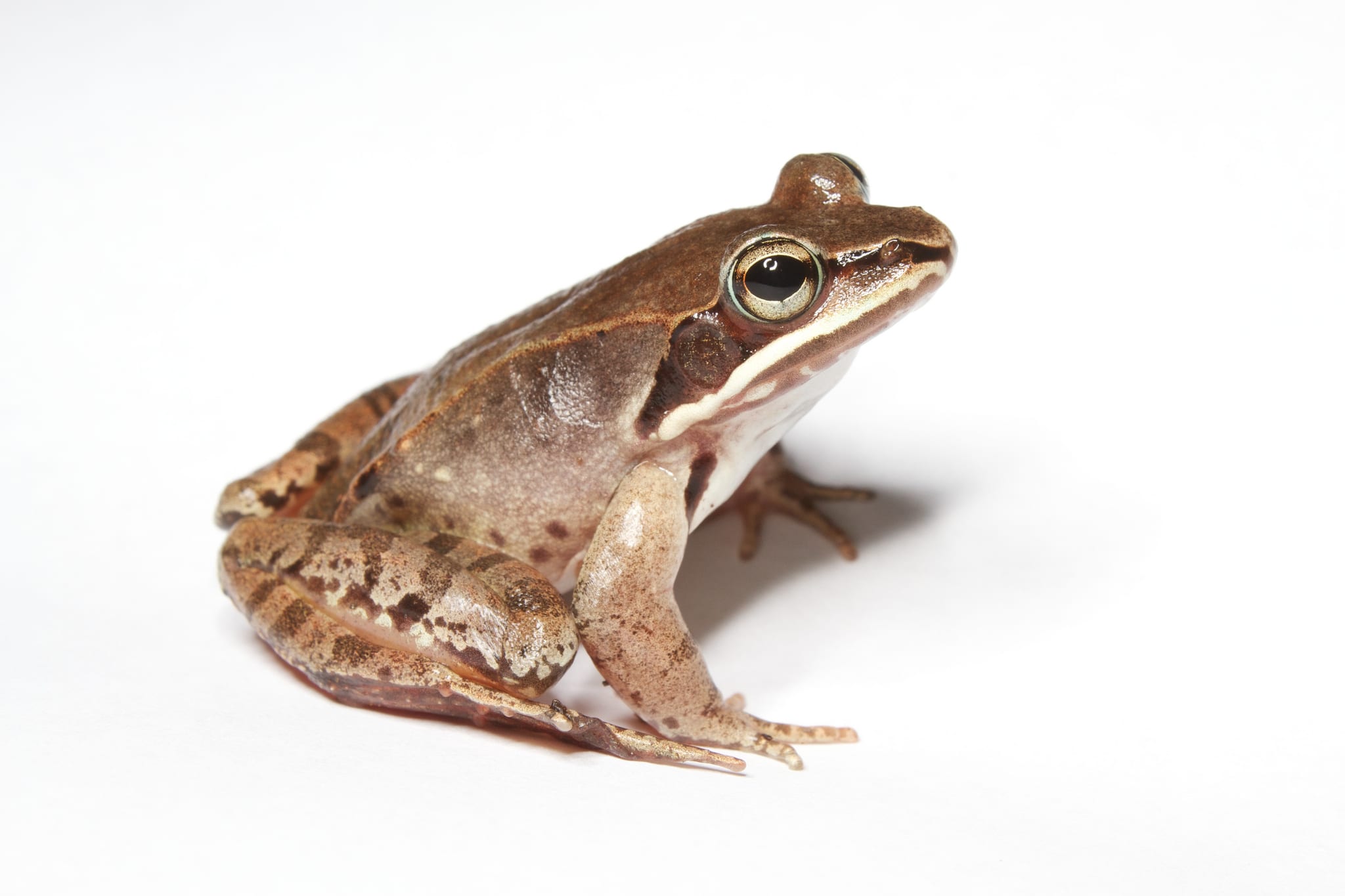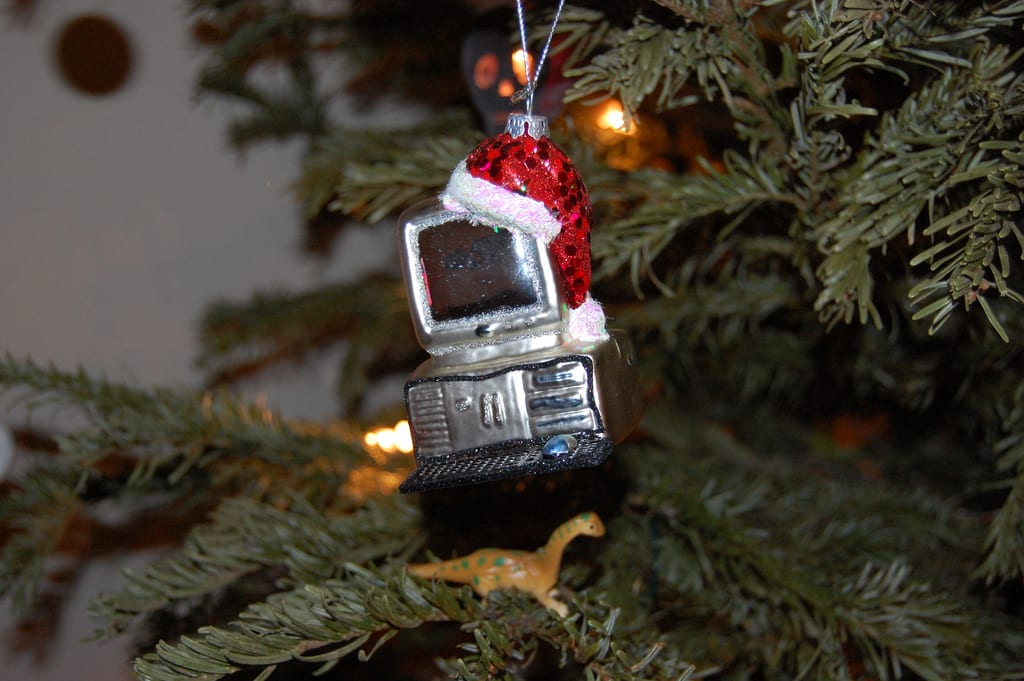
Merry Christmyths #4: Does Cold Weather Really Lead to Colds?
The Myth:
Cold weather causes colds.
The Reality:
While frosty air itself won't give you the sniffles, you should still bundle up.

The Myth:
Cold weather causes colds.
The Reality:
While frosty air itself won't give you the sniffles, you should still bundle up.

It just isn't Christmas until you've spent four hours untangling your 250 strands of 25,000 imported Italian twinkle lights.
Christmas lights spend all year in a stationary box. How do they manage to arrange themselves into such spectacular snarls? Evil elves? Christmas dark magic?

The Myth:
Sugar makes kids hyper.
The Reality:
The sugar-hyperactivity connection is not supported by science.

They say there's no place like home for the holidays… but how do you get there? If you're a bird, turtle, lobster, or even a bacteria, chances are you'll be relying on the earth's magnetic field.

Christmas music: it's hard to escape this time of year. Whether you love it or hate it, you've probably had a holiday tune or two echoing in your head lately. Turns out, psychologists have an official name for this phenomenon: Involuntary Musical Imagery (INMI). While less formal terms range from “sticky music†to “melodymania,†songs that get stuck in our heads are usually referred to as earworms.

The Myth:
Peppermint improves cognitive function.
The Reality:
Your grade school teachers were right all along.

Fur coats and thick layers of blubber might be the adaptational standards for icy climates. But when it comes to braving the frosty air, the humble wood frog is simply too cool to be bothered.

They may not be home for Christmas, but the men and women orbiting hundreds of miles apart from the rest of humanity aren't letting that dampen their holiday spirit.

Gift-giving isn't just a human phenomenon. Our feathered friends are some of the most generous (and romantic) members of the animal kingdom, offering choice food, nests, and shiny objects to their beloved mates (or even their favorite humans).

The Myth:
Turkey's high tryptophan content is responsible for your post-holiday-dinner slump.
The Reality:
Turkey isn't any more sleep-inducing than cheddar cheese or a handful of almonds.

To celebrate the holiday season, ASO is bringing you a science-filled 12 Days of ASO Christmas! This will be a series of ‘mini-blogs’, by Rosemary Wills, centered on the science of some of our most cherished traditions. This is the first in the series. Step aside, Bing Crosby. Computer scientists from the University of Toronto

Imagine standing on the deck of a ship out in the open ocean at night, in wonder at the twinkling stars. In the inky black water below you may also notice blinking, flashing lights, but it is not a reflection of the stars above. These bright displays are made by marine organisms via bioluminescence, a biological reaction that releases light. Researchers have found that as many as 3 out of every 4 species in the open ocean are capable of bioluminescence. It turns out that bioluminescence is a crucial communication tool for the majority of marine organisms, big or small.